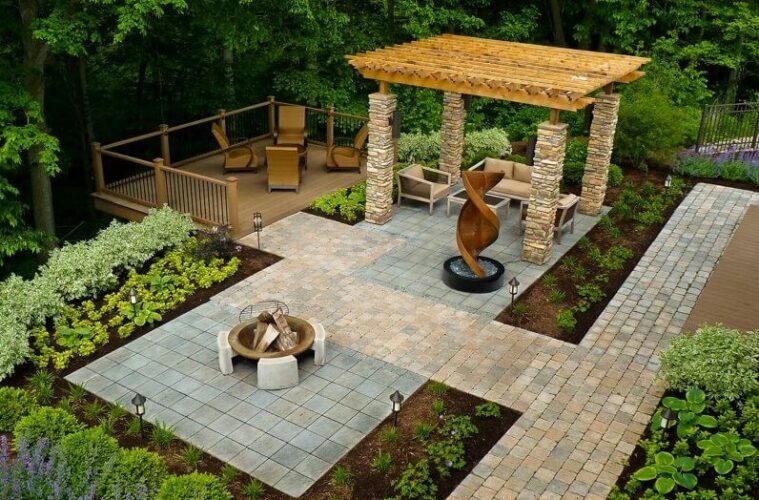Imagine making a house. First, you need an architect for a detailed plan. This includes an appealing design, structure rundown, and ideal location for the house. Now picture the same idea, but it’s all about nature. This is what landscape architects do. Their work shifts with each project, the same as home architects. They may create a calm Japanese Zen garden or a structured French formal garden. Landscape architecture focuses on imagination and balance with nature.
In this Guide, we will discuss landscape architecture and its importance. And” What Are The Different Types Of Landscape Architecture? So, let’s dive into the article.
What is landscape architecture?
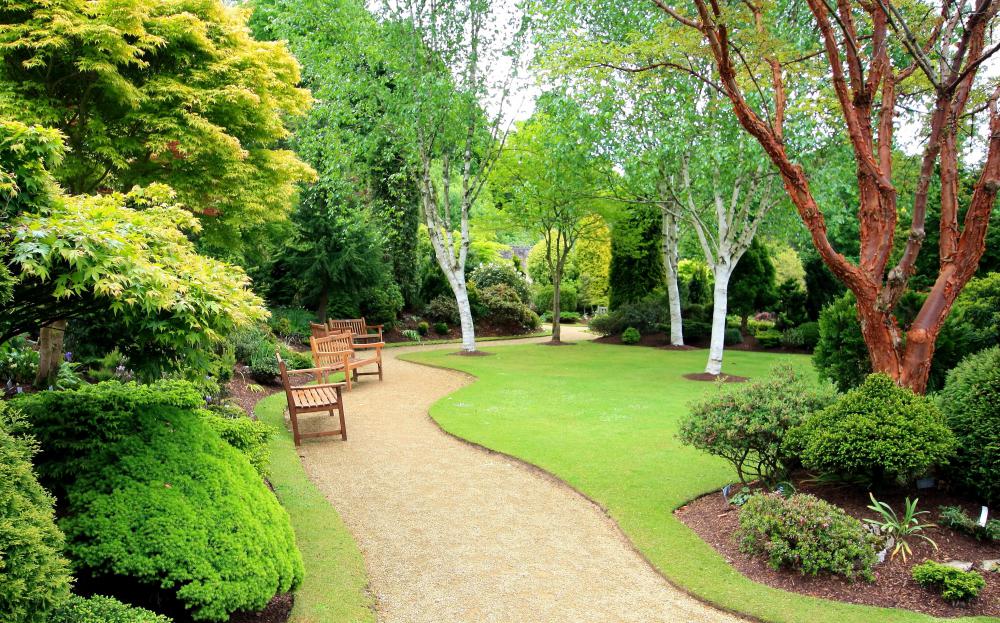
source: pinterest.com
Landscape Architecture isn’t merely tree planting on steroids. It involves research and practical applications of improving and preserving diverse surroundings, both inside and out. Landscape Architects aim to beautify and enhance the functionality of various areas. it create different types of environments, from your close-by structures to your daily commuting routes. It even includes concepts for shared spaces, like plazas and parks, and more personal ones such as home gardens, with remarkable planning for locations like school or university grounds, memorials, shopping centers, and exhibits.
Land design needs a wide range of understanding. This spans from architecture to engineering, includes gardening and botany, and incorporates psychology, sociology, and more. This knowledge guarantees that the new areas look good and work as they should.
What is the Importance of Landscape Architecture?
Landscape Architecture is an area with many aspects. It’s becoming more notable today as we are facing serious issues like climate change, mental health problems, and poor air quality. The landscape architecture is not only about crafting attractive outdoor areas. It’s also about maintaining our environment. As crises about global warming grow, landscape architecture becomes more important. Landscapes built by these architects, are sustainable, clean the air and water, improve energy efficiency, rebuild habitats, and offer economical, societal, and ecological advantages. Interestingly, the right landscape architecture can even refresh polluted areas.
What Are The Different Types Of Landscape Architecture?
The types of landscape architecture can be broken down into several types:
Site Planning
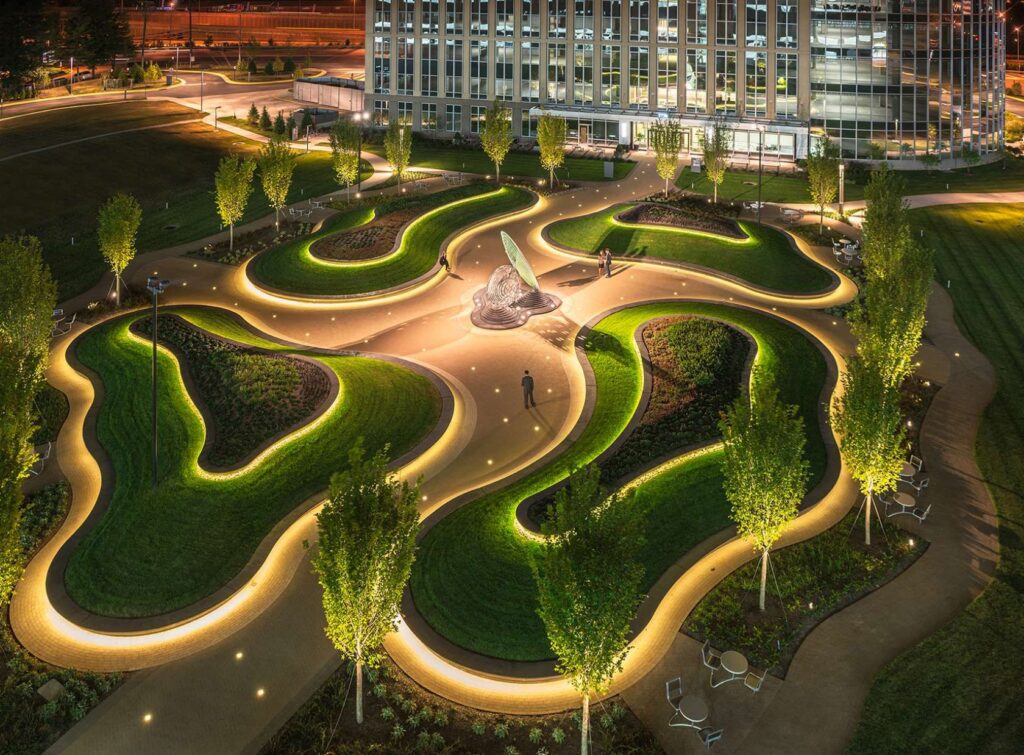
source: pinterest.com
Site planning is the part of landscape architecture that involves planning surface and sub-surface drainage systems, hydrology, geology, and gardening. The designs and plans focus on homes, properties, and neighborhoods. They aims to align with nature, sustainable practices, and visual appeal. Planning involves considering soil, the land shape, plants, and weather. This makes sure our buildings fit nicely with nature.
The use of smart technology and eco-friendly construction makes cities more environmentally friendly. Site planners also make sure that everyone, no matter where they live, has fair access to schools, parks, and jobs, making our cities better for everyone.
Urban Design
Urban planning involves constructing and organizing cities, with homes, parks, and streets. They strategizes the city layout, keeping in mind geographical elements and boundaries. This helps create the pattern of housing growth. The planning also extends to public spaces, transport hubs, safety, educational spaces, indoor greenery, city squares, and business zones.
Urban design is much more than an effort to beautify the streets of the city.
It refers to the planning, designing, and implementation of a city’s plants, greenways, and other landscaping features. Well-executed urban landscape design takes into consideration visual appeal, connections to the local community, the natural ecosystem, existing infrastructure, and the everyday lives of those who live and work to create the most impactful site layout.
Land Development
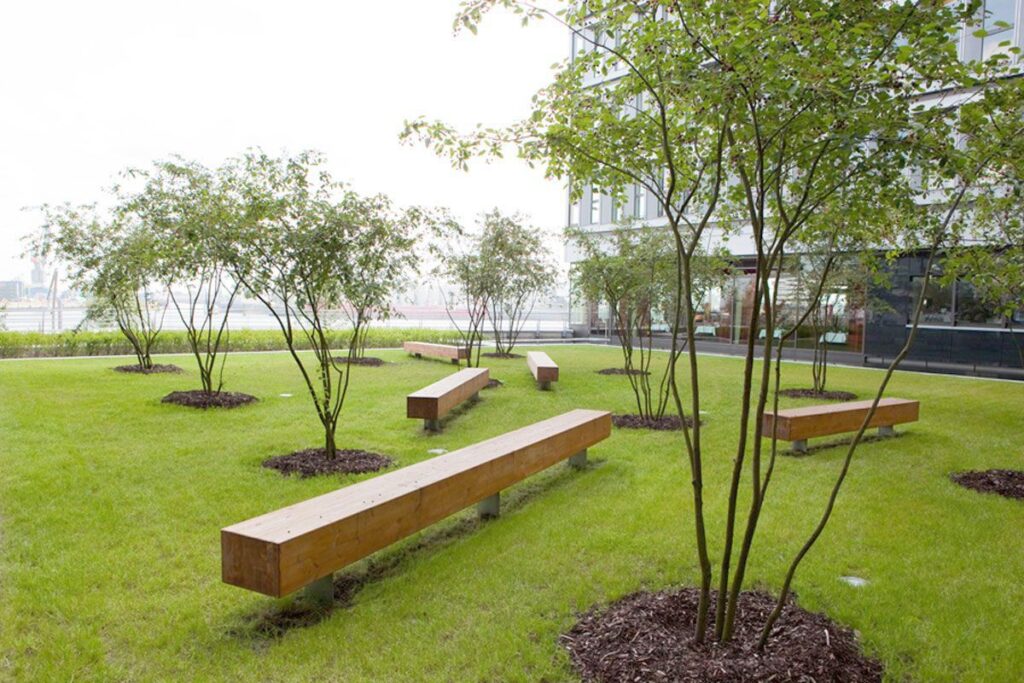
source: pinterest.com
Land development is similar to site planning but on a larger scale, often covering entire suburbs. It involves planning for the utilization of large land areas, taking into consideration various factors such as geographical features, societal needs, and other relevant elements. This strategic approach ensures the most effective and sustainable use of the land resources.
Land development includes planning of institutional campuses, commercial facilities, community master engineering, parks, and recreation complexes, residential land planning, and environmental planning.
Parks and Recreation
There’s also a version of landscape architecture that’s all about outdoor parks and recreation. It includes designing public spaces where people can hang out. It involves creating places like ornamental gardens bursting with bright flowers, health-boosting gardens, arboretums, and public parks. Also, It involves planning playgrounds for kids, golf, and sports facilities for athletes and monuments dedicated to certain events or people, zoos, homes, and even holiday resorts.
Parks, recreation facilities, and open spaces improve our communities’ physical and mental health by strengthening the environmental, social, and economic aspects of our society. The well-planned and well-designed parks and recreation facilities are critical to maintaining and improving quality of life.
Ecological and Environmental Planning
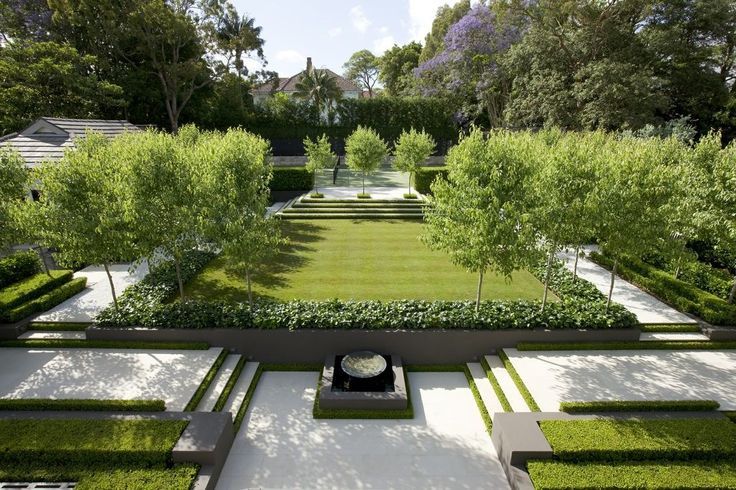
source: pinterest.com
Ecological and Environmental Planning is about designing with minimal disturbance to the environment. This includes creating green spaces or designing projects along coastlines and offshore. It also involves designing natural parks for the public to experience nature in its purest form.
Ecological landscape design draws on the principles of landscape ecology to create landscapes that evolve and sustain themselves over time with limited human intervention. It draws on the discipline of ecological restoration, whose goal is to renew or restore a degraded, damaged, or destroyed ecosystem, by establishing new ecosystems whose functioning provides benefits for people and other species. In Principles of Ecological Landscape Design, Travis Beck describes an ecological landscape as one that:
Heritage Conservation
This type of landscape architecture is about recognizing, protecting, and restoring historic lands such as buildings, Cultural landscapes, and Archaeological sites.
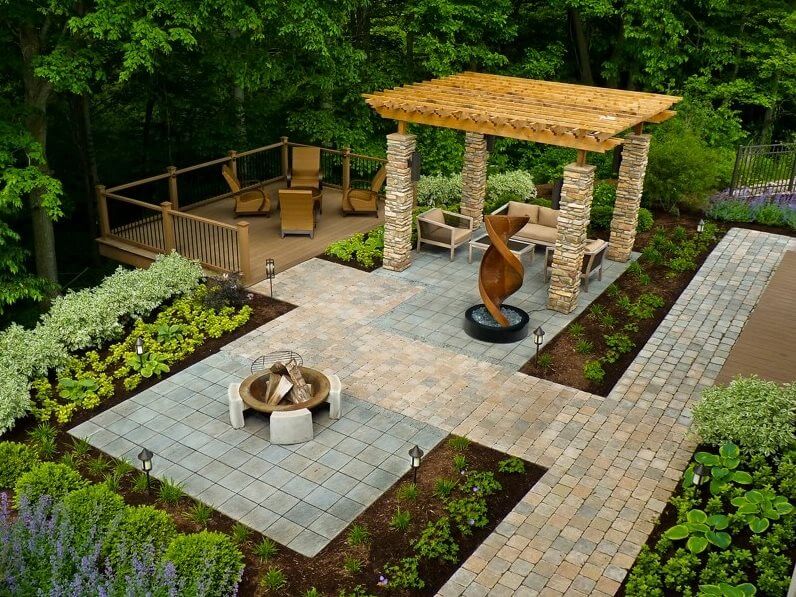
source: pinterest.com
For the different types of landscape architecture, designers consider balance, repetition, and harmony to ensure that any buildings and other features fit nicely into the overall design. Landscape architecture involves services like design-only services, design/build services, and installation and maintenance of projects.
Heritage conservation in landscape architecture in urban spaces is not only about preserving the historical buildings or areas but also about uniting stakeholder, identifying architectural heritage, gaining a collective cultural identity, finding a sense of place and civic pride for residents, allowing everyone to appreciate the cultural of the city today, and creating a cultural identity for urban planning of the future through this process
Conclusion
Landscape architecture is a large field. Every aspect of landscape architecture contributes to making our surroundings more functional, aesthetically pleasing, and environmentally friendly. Landscape is gaining importance as we grapple with environmental challenges and seek to create spaces that equally serve humans and nature. As we continue to shape and interact with our surroundings, the importance and influence of landscape architecture will only continue to grow.

